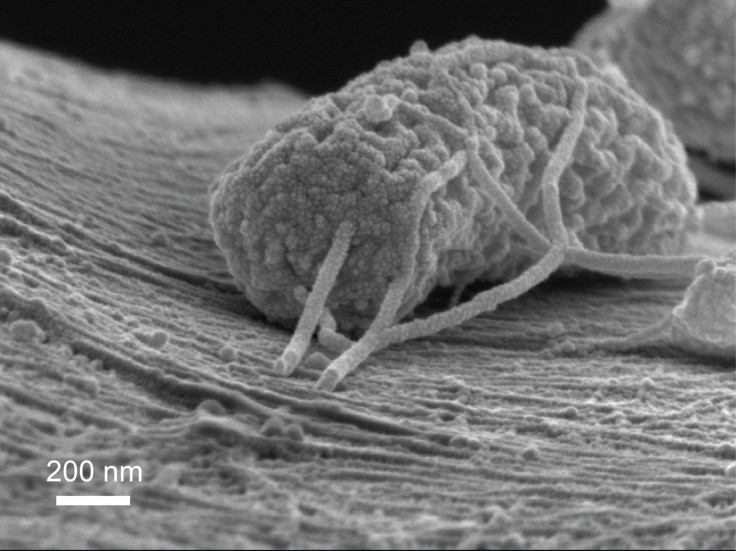Scientists Find Rarest Of Rare Tentacled Microbe: This Is How It Looks Like [Watch]
KEY POINTS
- The tentacled microbe is named Legendrea loyezae
- One is more likely to travel to the moon than see this microbe
- Only four people have been able to find it since 1908
A group of researchers has found an incredibly rare microbe that has been spotted only four times before.
The tentacled microbe, named Legendrea loyezae, is so rare that only four people have been able to find it since 1908. Study authors Genoveva Esteban and James Weiss, of Bournemouth University, say one is more likely to travel to the moon than see this unique microbe under a microscope.
As part of a two-year study, which was published in the journal Protist, the team was successful in discovering 20 new species and finding 100 other rare microbes. Every specimen that is found contributes to a better understanding of the evolution of life on Earth, researchers said.
They collected over 1,000 samples "from the lakes and ponds in Warsaw, Poland, to marine sediments in the North Sea, and the Mediterranean off the coasts of Italy and Portugal, to chalk streams in Dorset, the U.K," ScienceAlert reported.
Researchers believe this varied sample was the reason for their incredible discovery. Previous studies were unable to find these rare microbes due to undersampling, as most of them usually collected data from a site or two.
L. loyezae belongs to the ciliates branch of group Eukarya and uses its tentacles to capture prey. Oxygen is lethal to these microbes.
"If we know that a microbe prefers to live in dark, oxygen-free habitats we don't look for it on the surface of the water where there is plenty of oxygen and light," study authors said. "It took thousands of hours looking through a microscope to find four L. loyezae, not to mention a small fortune on physiotherapy for our cricked necks and aching backs."
People often overlook the microbes and their world, but one should not forget that they have been here on Earth much before humans and have managed to survive.
"If we squeezed Earth's 4.5 billion years old history into a single year, life would exist on a microscopic scale until the end of October. Humans would appear in the last 30 minutes of the year, and we would be aware of the existence of the microbes just less than three seconds before the new year," the scientists explained.
The benefits of studying microbes are endless. It is these microorganisms that help sustain our ecosystem by recovering it from damage such as pollution or climate change.
"So, exploring the microbial world is well worth the backache," the authors commented.

© Copyright IBTimes 2024. All rights reserved.





















